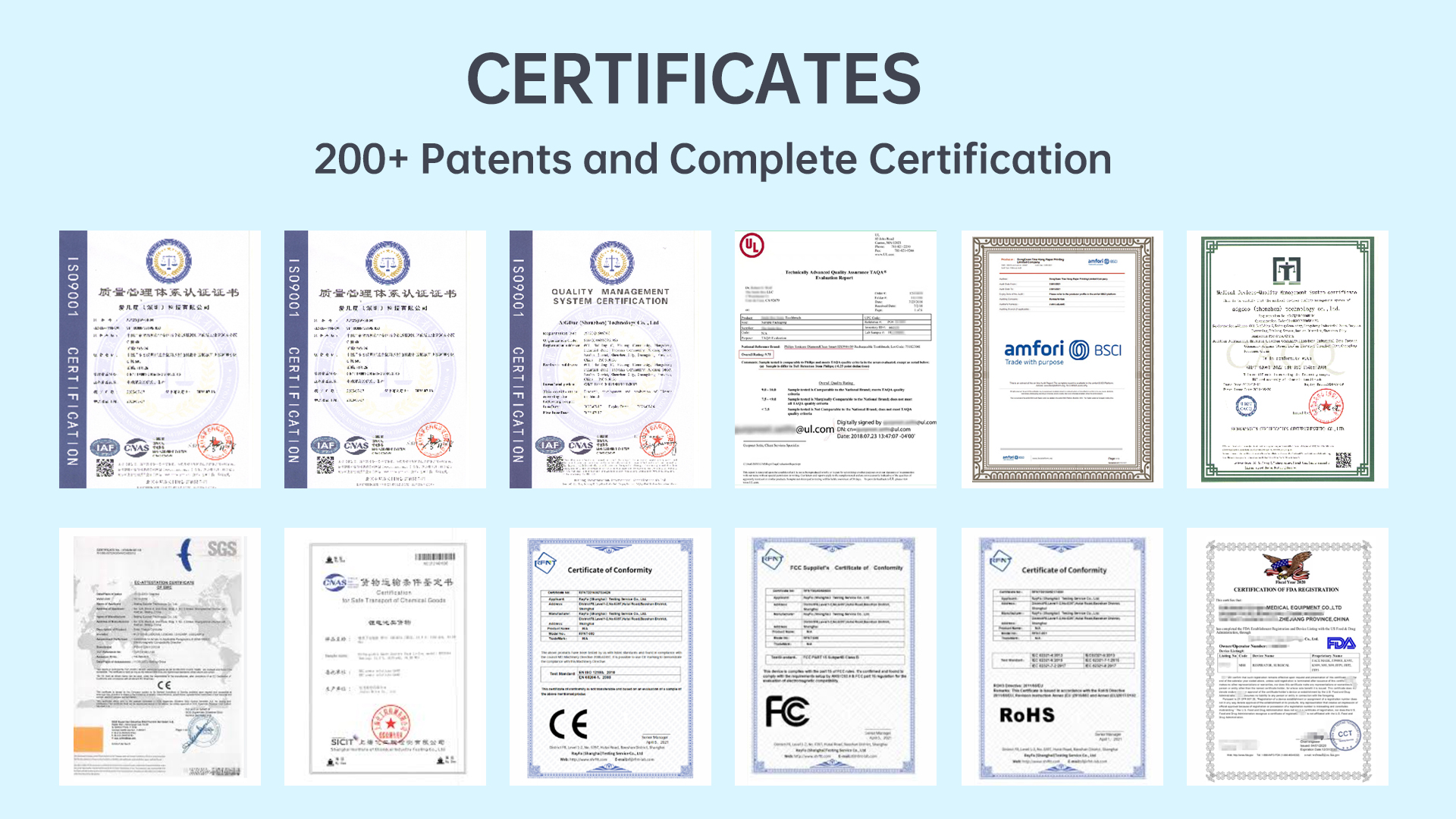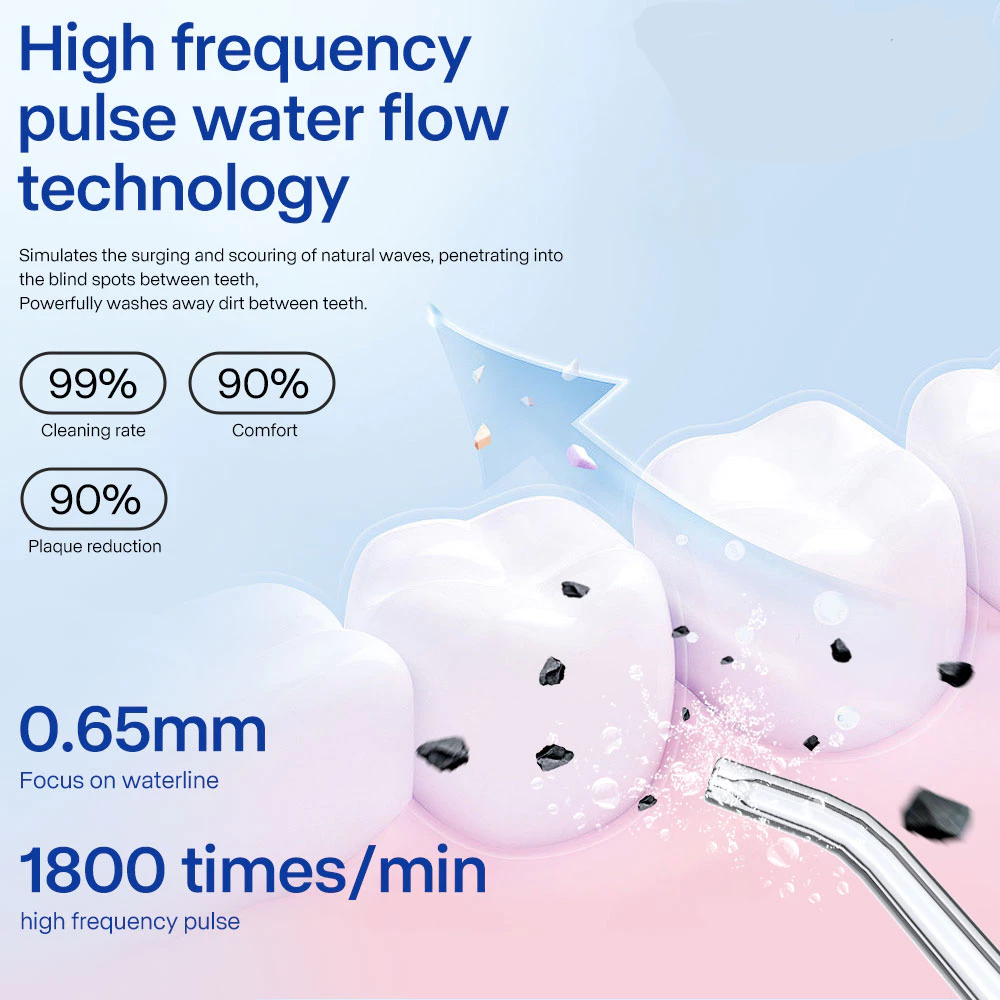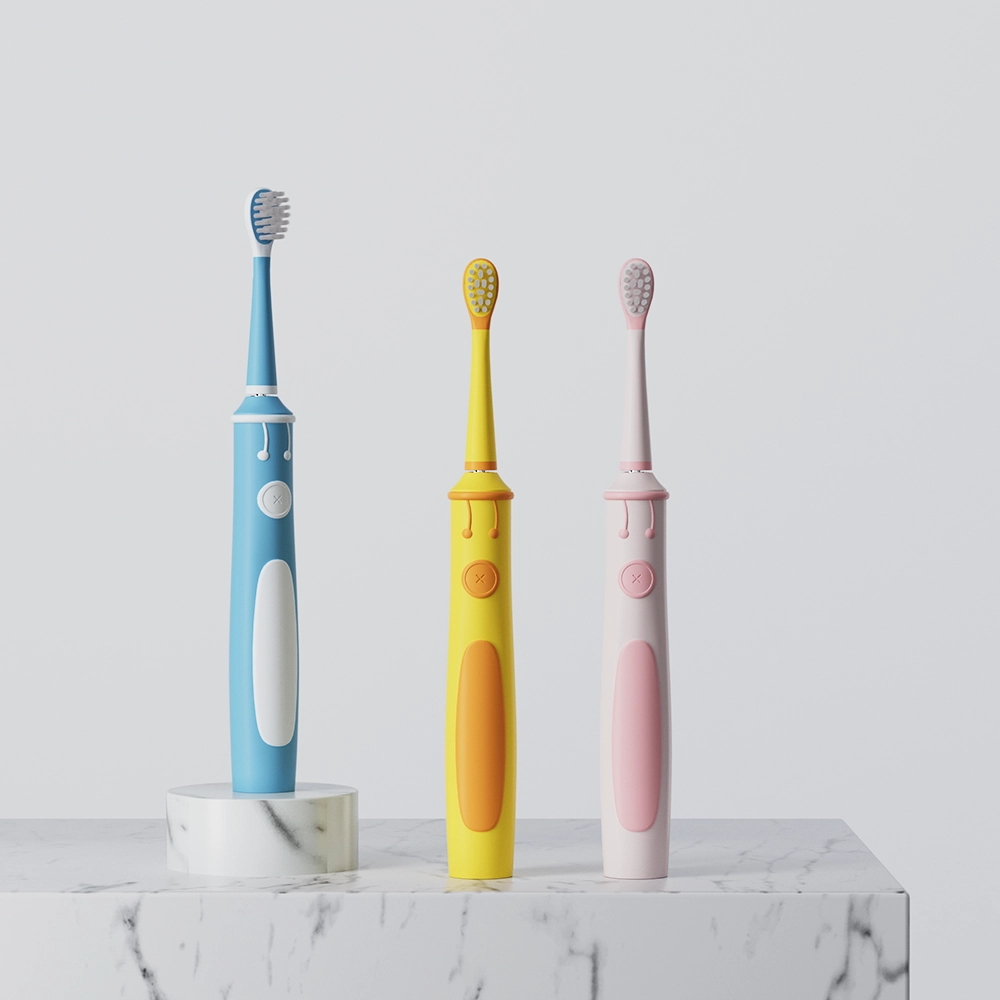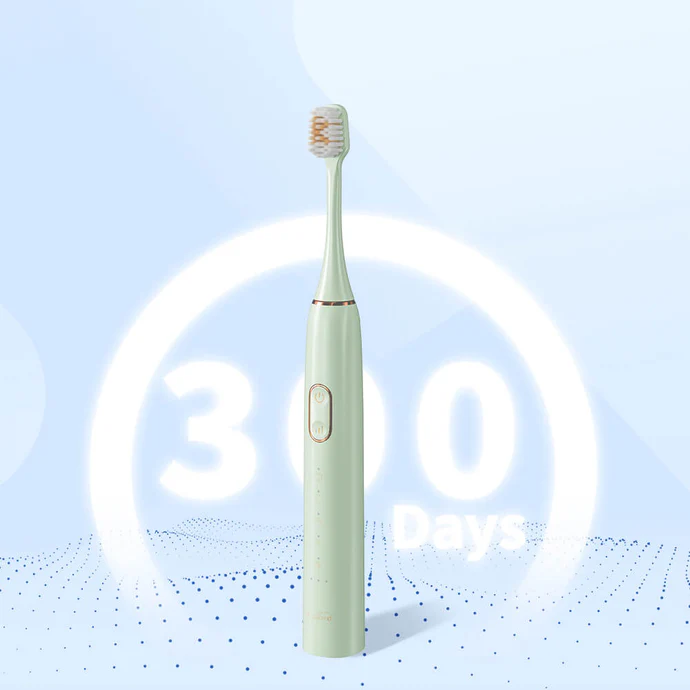In recent customer feedback, some users of water flossers and oral irrigators have reported unexpected tooth loosening after periods of irregular use. While such symptoms may be attributed to pre-existing oral health issues, a growing body of field data suggests that flow inconsistency in water-based oral care devices could be an overlooked contributor. Is this correlation coincidental—or a potential early warning sign manufacturers need to investigate? In this article, we explore the possible mechanical-biological link and what it means for B2B product development.
Flow inconsistency refers to unpredictable variations in water pressure, pulse timing, or jet volume during device operation. This can manifest as sudden surges, irregular bursts, or weak intermittent streams. Causes may include:
Even minor instability in flow can reduce cleaning efficiency or, in worse cases, apply erratic force on soft oral tissues and interdental areas.
Though the gums are resilient, repeated mechanical stress from flow inconsistency can have unintended consequences:
In users with weakened gums or prior bone loss, this pressure imbalance may accelerate tooth loosening, particularly in molars and premolars that absorb higher directional forces.
A number of post-market surveillance reports have documented cases where consumers experienced sensitivity, shifting teeth, or bleeding—later traced back to devices exhibiting flow inconsistency. In many instances:
This indicates a design oversight that, while not acutely dangerous, can lead to chronic issues if left unresolved. Company web:https://www.powsmart.com/product/electric-toothbrush/
To mitigate risks, manufacturers must focus on the root causes of flow inconsistency:
A stable flow isn’t just about performance—it directly impacts safety in high-frequency use.
Modern water flosser development should include targeted testing for pressure tolerances and gingival response. Suggested protocols:
Through such robust testing, manufacturers can validate whether tooth loosening is a credible risk or an isolated misuse case—and refine designs accordingly.
While more clinical data is needed to declare a direct causal link between flow inconsistency and tooth loosening, the correlation is too strong to ignore. For brands committed to user safety and product longevity, addressing this issue at the engineering and QA level is critical. Remember: even slight deviations in flow uniformity can translate to real-world biological stress in sensitive oral regions. Better flow control means better user outcomes—and fewer red flags down the line. Contact us
-3-1024x576.png)
.jpg)
What Tests Are Essential for a High-Quality Water Flosser Before Shipment?

The Ultimate Checklist for Evaluating an Oral Care Product Manufacturer

Is Kids’ Electric Brushing Really Safe?

A Deep Analysis of the Pros and Cons of Traditional Dental Floss and Water Flosser
Why Should Restricted Users Avoid Stain Residuals?
.jpg)
Water Flosser competitive Features That Cause Premium Pricing: What Brands Should Look For in Manufacturing
-3-scaled.png)
What Should Not Be Done During a Teeth Whitening Treatment?
Pulp Irritation Plus Allergic Reactions – Emergency?
Hollow Motors Cause Compatibility Issues? Industry Secrets Exposed!

Why Kids’ Electric Toothbrushes Need Antibacterial Materials
Cleaning Residue Causing Tongue Irritation?

What Are Some Eating Habits That Are Bad for Your Dental Health?
Where to Source Dental Lab Supplies?
Oral Care Products Supplier in Houston TX

Is your sonic toothbrush Dallas equipped for the ultimate Dallas oral health defense?
.jpg)
Looking for Electric Toothbrush for Travel Wholesale as an Oral-B Electric Toothbrush Distributor?

electric toothbrush heads Charcoal Infuse-Round

Electric toothbrush heads Charcoal Infused-Diamond

electric toothbrush heads Regular Clean
.jpg)
Florida Electric Toothbrush – Powsmart PTR-C8

Customization Teeth Whitening Gel

Private Label Whitening Gel

electric toothbrush heads Deep Clean

electric toothbrush heads Ultra Soft
whstapp
whstapp
National Toll-Free Service Hotline
+86 755 86238638